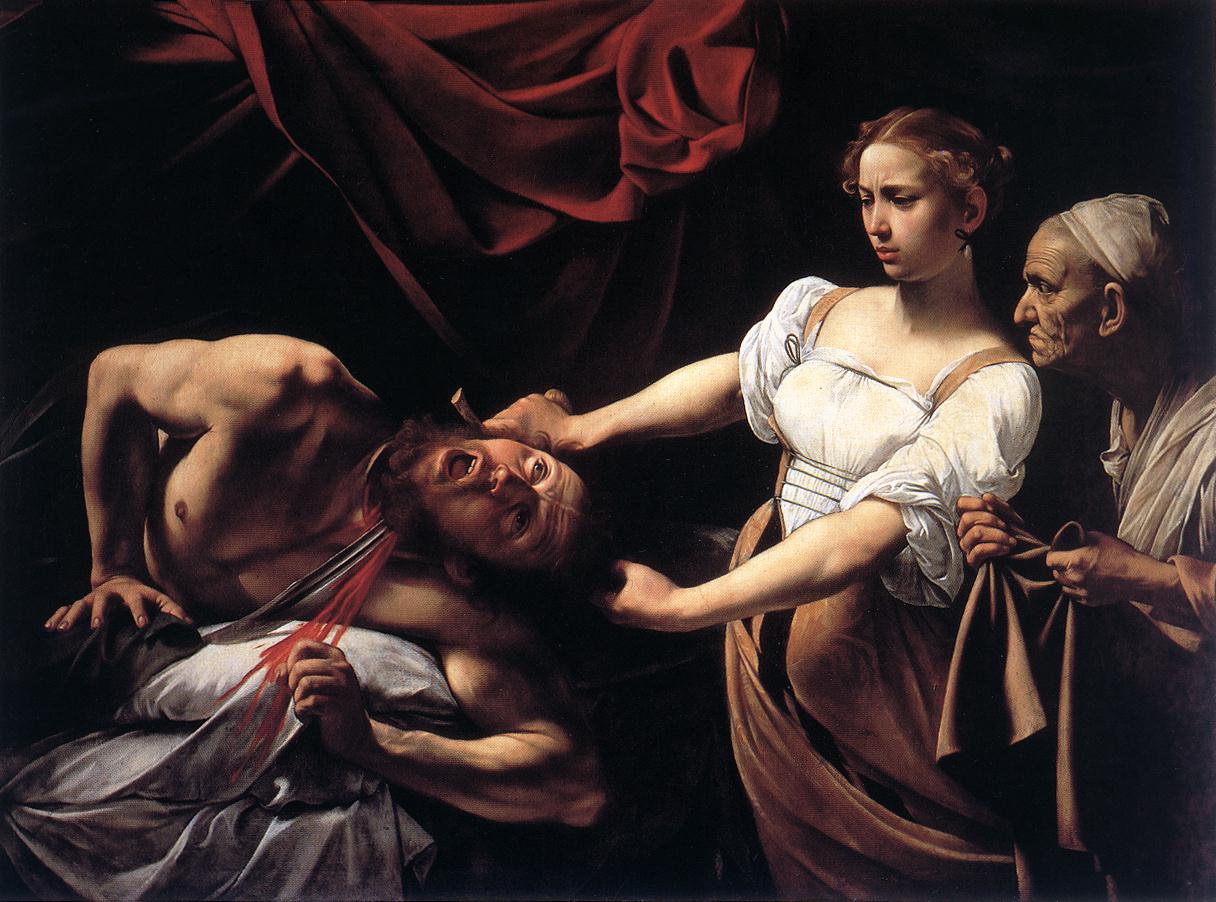Considered one of the greatest painters of the 17th century for his masterful use of chiaroscuro, color, and study of realism, Caravaggio’s works have deeply influenced artists of his time and those who later sought to absorb his teachings. Unlike his contemporaries, Caravaggio did not idealize sacred figures but represented them with raw realism, drawing inspiration from common people and everyday settings, aiming to convey reality and astonish, even overwhelm, the viewer.The exhibition, on display at Palazzo Barberini from March 7 to July 6, 2025, coinciding with the Jubilee 2025 celebrations, is organized in collaboration with the Galleria Borghese, supported by the Directorate General of Museums, the Ministry of Culture, and backed by Main Partner Intesa Sanpaolo. Curated by Francesca Cappelletti, Maria Cristina Terzaghi, and Thomas Clement Salomon, the event offers visitors the extraordinary opportunity to view an exceptional number of autograph paintings, with outstanding loans from the most prestigious museums worldwide, as well as two rediscovered masterpieces exhibited for the first time alongside other works by Caravaggio.
This exhibition highlights the revolutionary force that Caravaggio introduced to the artistic, religious, and social landscape of his time. It represents one of the most ambitious and significant curatorial projects ever dedicated to the artist, reuniting, for the first time in a location symbolizing his connection with his patrons, works with a shared history from important national and international collections.Among the featured works, the “Portrait of Maffeo Barberini” stands out, presented to the public more than sixty years after its rediscovery and now displayed alongside other paintings by Caravaggio for the first time. Additionally, “Ecce Homo,” currently housed at the Prado Museum in Madrid, will return to Italy for the first time in centuries, alongside other remarkable loans such as “Saint Catherine” from the Thyssen-Bornemisza Museum in Madrid—once part of the Barberini collections and now returning to its original home—and “Martha and Mary Magdalene” from the Detroit Institute of Arts, for which the artist used the same model as in “Judith Beheading Holofernes,” housed at Palazzo Barberini. These works will be displayed together for the first time.
The exhibition will also provide the opportunity to reunite the three paintings commissioned by banker Ottavio Costa: “Judith and Holofernes” from Palazzo Barberini, “Saint John the Baptist” from the Nelson-Atkins Museum in Kansas City, and “Saint Francis in Ecstasy” from the Wadsworth Atheneum of Art in Hartford. Other pieces linked to the Barberini collection’s history will also be included, such as “The Cardsharps” from the Kimbell Art Museum in Fort Worth, returning to the Roman palace where it was long preserved. Closing the selection is an important loan from Intesa Sanpaolo: “The Martyrdom of Saint Ursula,” Caravaggio’s final painting, completed shortly before his death.The exhibition is structured into thematic sections that explore various aspects of Caravaggio’s production, unveiling new discoveries and critical reflections. A central theme, starting from his earliest works, is the innovative impact Caravaggio had on the production and market of art between the late 16th and early 17th centuries, beginning with his groundbreaking Roman debut in 1599.
This remarkable collection of masterpieces highlights the transformation and evolution of Caravaggio’s style, characterized by his unmistakable use of light that dramatically illuminates his sacred and secular compositions, opening new pathways for interpreting realism. His innovative approach is not only evident in religious dramas—such as the striking theatricality of “The Taking of Christ” from the National Gallery of Ireland in Dublin—but also in other genres the artist explored.For the first time, the exhibition offers an in-depth look at what can be considered the birth of modern portraiture, starting with the “Portrait of Monsignor Maffeo Barberini,” from a private collection, now presented alongside other works by the master for the first time.
Ultimately, Caravaggio 2025 represents a unique opportunity to rediscover the master’s art from a fresh perspective, offering an exhibition experience that integrates historical discoveries, critical insights, and a close-up engagement with his masterpieces. More than just a tribute to his genius, it is a reflection on his enduring influence on contemporary art and our collective imagination.

